February 2018
Oops! I Hired The Wrong Person
By Sara Pollock
Oops, you did it again. You know what I’m talking about. You made the wrong choice and hired the wrong person.
The new hire is flailing, your hiring manager is frustrated, HR is trying to ensure they stay long enough to not be a total loss, and the CFO is wondering if he can take the recruitment costs and lost productivity out of your budget.
Hiring is much harder than it looks. Actually, hiring is easy; but, hiring the right person is tough. As a recruiter, you want every hire to be a great hire, and you’re stuck with this one that went wrong…so you need a battle plan. Can you turn it around? With these six steps, you at least have a chance.
Step 1
Acknowledge the mistake with your “triage team.” This may require a little crow eating, but the end result will be worth it. Assemble your hiring manager, HR representative, and anyone else who is adversely impacted by the wrong hire. It’s never fun to admit you may have made a mistake, but assessing what went wrong and why is a valuable exercise in performance management for your hiring team.
Step 2
Look at the list of statements below and have each member of the team score them on a scale of 1-5 (5 being the absolute best, 1 being the worst, or N/A if the event did not occur):
-
Recruiter and hiring manager discussed the job requirements with one another and the team before placing advertisements.
-
The job advertisement and hiring criteria were aligned with corporate values and employee value proposition (EVP).
-
Standard screening and interviewing techniques were used on all applicants.
-
Technical and psychometric assessments were given to those who passed the screening and interview stage.
-
Each member of the hiring team met with a final set of candidates and discussed their findings to make a decision.
-
Standardized questions and evaluations were the same for all final candidates.
-
An offer was extended less than 15-30 days from the interview.
-
Members of the hiring team maintained weekly contact with the selected candidate from offer acceptance to first day.
-
A company-wide onboarding and training protocol was followed with the candidate.
-
A member of the hiring team met with the candidate at the one week as well as the 30, 60, and 90-day marks.
-
The struggling employee has received at least one performance review regarding his behavior and performance.
Legend:
55-45: You’ve done almost everything right. It’s time for a performance improvement plan (PIP).
44-34: Your methods need some adjustment. Create a PIP to be enacted once you’ve corrected the areas with low scores.
33-23: Your hiring and onboarding processes are leaving some key steps out. Revamp your processes and try more training with the new hire before addressing performance.
22 and below: You probably have been getting lucky with attracting your top talent thus far. This is not a performance issue but an internal hiring and onboarding process issue that needs to be addressed.
Step 3
Find the issue. Lou Adler, CEO of The Adler Group, created a fantastic quadrant to identify poor hires.

Use this handy resource to identify if the issue is motivation-based, a lack of skill, or a mixture of lots of not-so-great candidate qualities. There are four areas to place your candidate in:
1. Great hires: Adler describes these folks as really competent. They know their stuff or learn it fast, are motivated, and want to do their job in an efficient way. They produce amazing work, and they do it almost all the time. While they might have a bad day or two, overall they’re the backbone of their department.
Hiring Cues: For the most part, these highly motivated, very competent performers don’t change jobs, they make career moves. A career move is defined not only by monetary compensation, but by better work and the chance to flex a career muscle. Their motivated nature will prompt them to seek out career growth opportunities and to connect their daily tasks and projects to bottom-line impact.
What to do: When you get this great candidate, make sure you’re offering them what they’re worth. And again, while it’s hard to get extra budget for candidates, it’s even more important to challenge these top hires, give them impactful work, and trust them to grow within their positions as fast as your company can handle.
2. If Only: This tier is probably very familiar to you—they could have been a great hire, “if only”. And the “if only” is generally related to motivation. They’ll produce good work, but only if you’re constantly motivating them on your own. Hiring managers get burnt out with hires like this, understandably. But when “if only” hires are not consistently motivated, they produce low quality work or have trouble managing their time and meeting deadlines and requirements.
Hiring Cues: It’s possible you brought this on yourself. Think back. Was the offer made in haste to replace another worker or handle unforeseen requirements due to an increase in business? When you’re desperate to hire, it results in a rushed offer and a focus by the recruiter and hiring manager on what Adler calls “short-term requirements.” Another common issue is a mismatch between hiring manager or other members of the team. Rule these out before going further.
What to do: You’ll notice the only difference between the “if only” candidate, or B Players, is the amount of motivation. Is the work inspiring? Do they have the opportunities for growth and impactful work? Or did you just need them to fill in for Claire who never returned from her sabbatical? Talk to the hiring manager and the employee separately to clarify expectations and make a plan for growth and long-term rewards versus daily duties. Now is also an excellent time to determine if this is genuinely a poor match for the employee and consider a move to a different team or role. The good news? You can rehabilitate B Players to A Players by deploying one (or many) of the above strategies!
3. What on Earth Were We Thinking?: Not only are these hires not competent, they’re not motivated either! If you scored somewhere in the 30s when you took the quiz you may have a lot of hires like this. You probably extended an offer for the wrong reasons and they accepted the offer for the wrong reasons. If the majority of your job ads are a narrow list of requirements, you might find yourself with this issue.
Hiring Cues: Did you hire the first person to apply for the job? Did you race through assessments just to get a hire in the door? Did the candidate focus mostly on salary and when they might be able to start? All of these are signs that the process was rushed and the person was not looking to make a career move, but was essentially doing what your hiring team was doing: trying to fill a hole the fastest. This is not a talent strategy.
What to do: It’s time to make a change. Adler doesn’t offer any immediate tactical maneuvers other than to take a long, hard look at your talent strategy and start making some changes and fast! However, there are some things you can do to turn a C Player into a B Player (who you can then turn into an A Player in time). While you and your recruitment team work on restructuring your hiring process, have your hiring managers and HR managers start looking into performance management systems and goal setting tools that can get your employees on the same page.
4. The Wrong Candidate: You might wonder what could be worse than a low-skills, low-motivation candidate? Well, someone who is not competent and highly motivated is the answer! They mess things up and they do it quite quickly.
Hiring Cues: Once again, desperation rears its ugly head and the recruiter or hiring manager hired someone who was excited about the opportunity, but didn’t have the skills to pull off the actual job. Sometimes there is a personal aspect at play. For example, it’s an employee referral of a work friend and they’re grossly underqualified. Or, perhaps, the candidate talked a really good game but couldn’t pass the technical assessment. Another common reason is a pedigreed resume; the recruiter or hiring manager is impressed with the former position at a well-known company, or is convinced that any candidate from XYZ University will be a stellar hire.
What to do: Let them go. There is very little you can do to rehabilitate this hire. One option is to transfer them into a completely different job that matches their skills or offers them company sponsored and supported training and learning.
While hiring is not easy, it is simple to follow these cues to make better hiring decisions. It’s even simpler when you have a platform that helps you create a comprehensive hiring and performance plan based on your talent data.
Sara Pollock: Head of Marketing at ClearCompany Talent Management Software. As the head of a department in the midst of a sustained period of rapid growth, Sara has spent hundreds of hours interviewing, hiring, onboarding and assessing employees and candidates. She is passionate about sharing the best practices she has learned from both successes and failures in talent acquisition and management.




